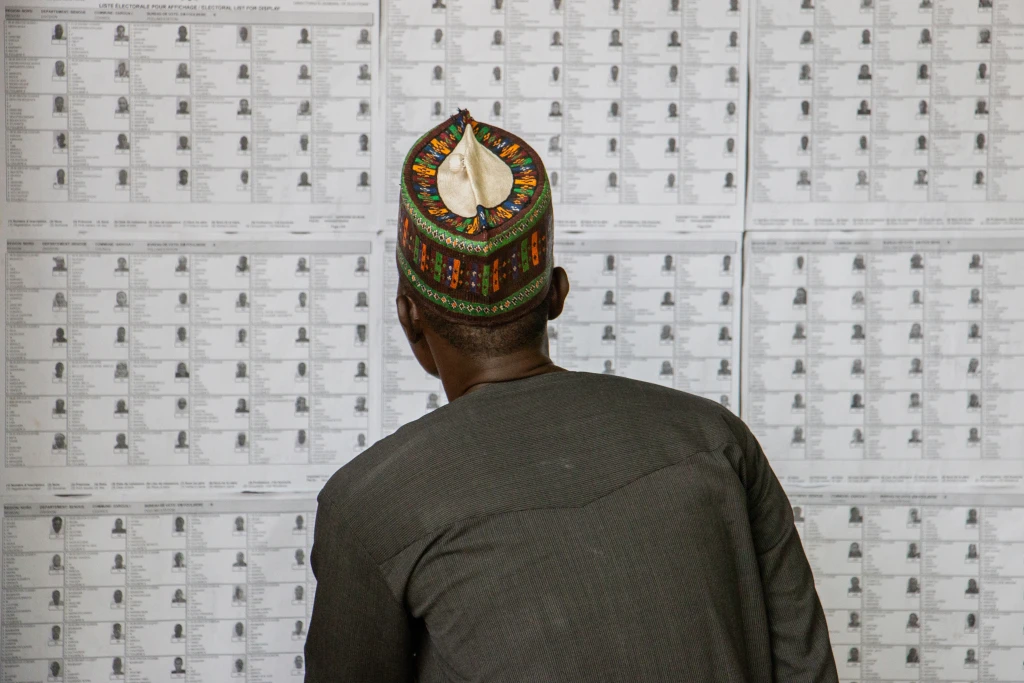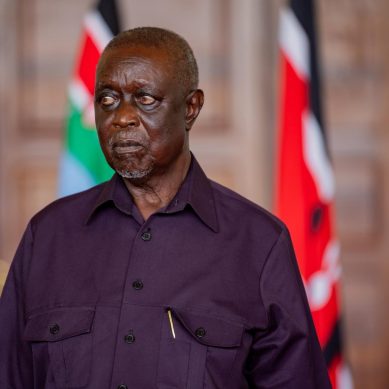
The 1960s was a big decade for cannabis: Images of flower power, the summer of love and Woodstock wouldn’t be complete without a joint hanging from someone’s mouth. Yet in the early 1960s, scientists knew surprisingly little about the plant.
When Raphael Mechoulam, then a young chemist in his 30s at Israel’s Weizmann Institute of Science, went looking for interesting natural products to investigate, he saw an enticing gap in knowledge about the hippie weed: The chemical structure of its active ingredients hadn’t been worked out.
The first hurdle was simply getting hold of some cannabis, given that it was illegal. “I was lucky,” Mechoulam recounts in a personal chronicle of his life’s work, published this month in the Annual Review of Pharmacology and Toxicology.
“The administrative head of my Institute knew a police officer. … I just went to police headquarters, had a cup of coffee with the policeman in charge of the storage of illicit drugs, and got five kilogrammes of confiscated hashish, presumably smuggled from Lebanon.”
By 1964, Mechoulam and his colleagues had determined, for the first time, the full structure of both delta-9-tetrahydrocannabinol, better known to the world as THC (responsible for marijuana’s psychoactive “high”) and cannabidiol or CBD.
That chemistry coup opened the door for cannabis research. Over the following decades, researchers including Mechoulam would identify more than 140 active compounds, called cannabinoids, in the cannabis plant, and learn how to make many of them in the lab.
Mechoulam helped to figure out that the human body produces its own natural versions of similar chemicals, called endocannabinoids, that can shape our mood and even our personality. And scientists have now made hundreds of novel synthetic cannabinoids, some more potent than anything found in nature.
Today, researchers are mining the huge number of known cannabinoids – old and new, found in plants or people, natural and synthetic – for possible pharmaceutical uses. But, at the same time, synthetic cannabinoids have become a hot trend in recreational drugs, with potentially devastating impacts.
For most of the synthetic cannabinoids made so far, the adverse effects generally outweigh their medical uses says biologist João Pedro Silva of the University of Porto in Portugal, who studies the toxicology of substance abuse, and co-authored a 2023 assessment of the pros and cons of these drugs in the Annual Review of Pharmacology and Toxicology. But, he adds, that doesn’t mean there aren’t better things to come.
Graphic details examples of the wide variety of chemical structures of three classes of cannabinoid compounds: plant-produced phytocannabinoids, the body’s own endocannabinoids and synthetic compounds made in the lab.
The cannabis plant produces more than 140 phytocannabinoids; the most well-known are cannabidiol (CBD) and delta-9-tetrahydrocannabinol (THC) (top). These interact with many of the same receptors as compounds made by the body, called endocannabinoids (middle), despite their chemical differences. Synthetic compounds (bottom, three shown) that are meant to mimic the action of various cannabinoids also have a wide variety of chemical structures.
Cannabis has been used for centuries for all manner of reasons, from squashing anxiety or pain to spurring appetite and salving seizures. In 2018, a cannabis-derived medicine – Epidiolex, consisting of purified CBD – was approved for controlling seizures in some patients.
Some people with serious conditions, including schizophrenia, obsessive compulsive disorder, Parkinson’s and cancer, self-medicate with cannabis in the belief that it will help them, and Mechoulam sees the promise.
“There are a lot of papers on [these] diseases and the effects of cannabis (or individual cannabinoids) on them. Most are positive,” he tells Knowable Magazine.
That’s not to say cannabis use comes with zero risks. Silva points to research suggesting that daily cannabis users have a higher risk of developing psychotic disorders, depending on the potency of the cannabis; one paper showed a 3.2 to 5 times higher risk.
Long-time chronic users can develop cannabinoid hyperemesis syndrome, characterised by frequent vomiting. Some public health experts worry about impaired driving, and some recreational forms of cannabis contain contaminants like heavy metals with nasty effects.
Finding medical applications for cannabinoids means understanding their pharmacology and balancing their pros and cons.
Mechoulam played a role in the early days of research into cannabis’s possible clinical uses. Based on anecdotal reports stretching back into ancient times of cannabis helping with seizures, he and his colleagues looked at the effects of THC and CBD on epilepsy.
They started in mice and, since CBD showed no toxicity or side-effects, moved on to people. In 1980, then at the Hebrew University of Jerusalem, Mechoulam co-published results from a 4.5-month, tiny trial of patients with epilepsy who weren’t being helped by current drugs.
The results seemed promising: Out of eight people taking CBD, four had almost no attacks throughout the study, and three saw partial improvement. Only one patient wasn’t helped at all.
“We assumed that these results would be expanded by pharmaceutical companies, but nothing happened for over 30 years,” writes Mechoulam in his autobiographical article. It wasn’t until 2018 that the US Food and Drug Administration approved Epidiolex for treating epileptic seizures in people with certain rare and severe medical conditions. “Thousands of patients could have been helped over the four decades since our original publication,” writes Mechoulam.
Drug approval is a necessarily long process, but for cannabis there have been the additional hurdles of legal roadblocks, as well as the difficulty in obtaining patent protections for natural compounds. The latter makes it hard for a pharmaceutical company to financially justify expensive human trials and the lengthy FDA approval process.
In the United Nations’ 1961 Single Convention on Narcotic Drugs, cannabis was slotted into the most restrictive categories: Schedule I (highly addictive and liable to abuse) and its subgroup, Schedule IV (with limited, if any, medicinal uses).
The UN removed cannabis from schedule IV only in December 2020 and, although cannabis has been legalised or decriminalised in several countries and most US states, it remains still (controversially), on both the US’ and the UN’s Schedule I – the same category as heroin. The US’ cannabis research bill, passed into law in December 2022, is expected to help ease some of the issues in working with cannabis and cannabinoids in the lab.
- A Knowable report







